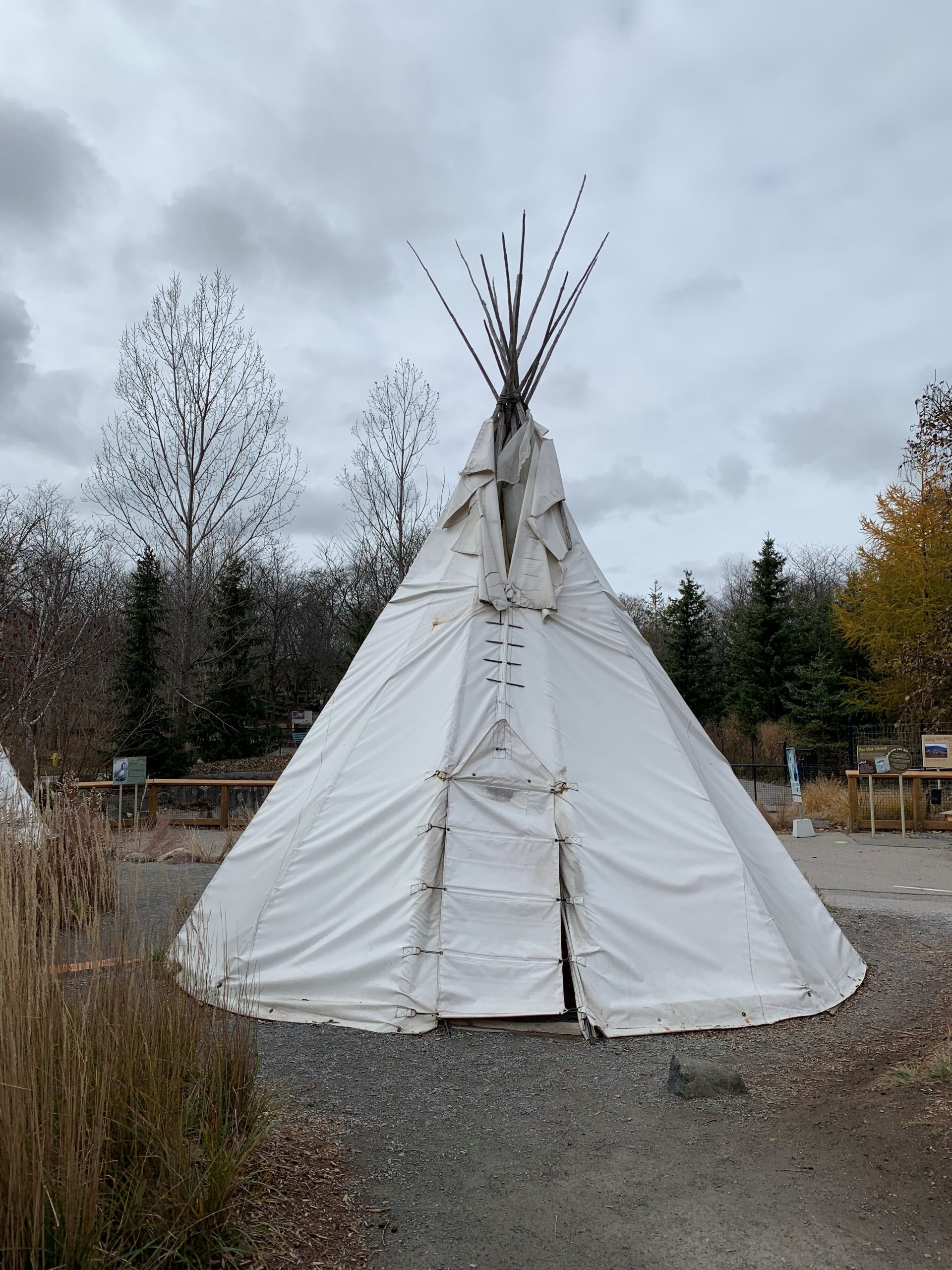Chapter 1: Welcome to Chemistry!
Enhanced Introductory College Chemistry
by Gregory Anderson; Caryn Fahey; Jackie MacDonald; Adrienne Richards; Samantha Sullivan Sauer; J.R. van Haarlem; and David Wegman;
Chapter Contents
Except where otherwise noted, this OER is licensed under CC BY 4.0
Please visit the web version of Enhanced Introductory College Chemistry to access the complete book, interactive activities and ancillary resources.
In this chapter, you will learn about
- The origins of chemistry
- The scientific method
- Matter and its classifications
To better support your learning, you should be familiar with the following concepts before starting this chapter:
- The main driving scientific principles – laws, theories and hypotheses
Your alarm goes off and, after hitting “snooze” once or twice, you pry yourself out of bed. You make a cup of coffee to help you get going, and then you shower, get dressed, eat breakfast, and check your phone for messages. On your way to school, you stop to fill your car’s gas tank, almost making you late for the first day of chemistry class. As you find a seat in the classroom, you read the question projected on the screen: “Welcome to class! Why should we study chemistry?”
Do you have an answer? You may be studying chemistry because it fulfills an academic requirement, but if you consider your daily activities, you might find chemistry interesting for other reasons. Most everything you do and encounter during your day involves chemistry. Making coffee, cooking eggs, and toasting bread involve chemistry. The products you use—like soap and shampoo, the fabrics you wear, the electronics that keep you connected to your world, the gasoline that propels your car—all of these and more involve chemical substances and processes. Whether you are aware or not, chemistry is part of your everyday world. In this course, you will learn many of the essential principles underlying the chemistry of modern-day life.
Indigenous Perspective: Dawn Pratt, MSc.
“To me, [Indigenizing STEM] means bringing in land-based education, bringing in the culture, bringing in the language, bringing in the Elders and the Knowledge Keepers,” — Dawn Pratt.
Belonging to the Muscowpetung Saulteaux Nation, Dawn Pratt is a chemist turned educator who is on a mission to Indigenize STEM. Her venture develops a curriculum to blend Indigenous knowledge and STEM lessons. Read more about this mission in c&en: Chemical & Engineering News [New Tab].
Source: (Harwitz, 2021)
Attribution & References
Except where otherwise noted, this page is adapted by JR van Haarlem from “Chapter 1 Introduction” In General Chemistry 1 & 2 by Rice University, a derivative of Chemistry (Open Stax) by Paul Flowers, Klaus Theopold, Richard Langley & William R. Robinson and is licensed under CC BY 4.0. Access for free at Chemistry (OpenStax)
References
Harwitz, E. (2021, October 9). Dawn Pratt is on a mission to increase Indigenous representation in STEM, one fun science class at a time. c&en: Chemical & Engineering News. 99(7). https://cen.acs.org/education/science-communication/Dawn-Pratt-mission-increase-Indigenous/99/i37


